“UK Biogas” or the UK anaerobic digestion and biogas production industry to give it its full title has been developed over the years since 2000. In this article, we cover the UK Industry's history and recent developments.
Increasing demand for renewable energy resources, rising energy costs, and stringent government regulations to reduce greenhouse gas emissions in the UK are some of the primary growth factors.
They should be driving the anaerobic digestion market in the UK to grow. Read on and you will find out that the reality is closer to a stagnating industry.
But, now with COP26 in the Autumn of 2021 imminent UK Net Zero prerogatives will surely return the UK biogas industry back on to full throttle!
On This Page
- Anaerobic Digestion In The United Kingdom
- Formation of the UK Biogas Industry Trade Body “ADBA”
- Food Recycling and Anaerobic Digestion
- The Ludlow Digester – 1st Food Waste Digester in the UK
- What Needs to be Done to Develop UK Biogas and Anaerobic Digestion?
- The Best Years of Growth in UK Biogas Output
- Investment Outlook for the UK’s Biogas Plants
- Investment Outlook for the UK’s Biogas Plants
- Biogas in the UK – A Conclusion
UK Biogas – Anaerobic Digestion in the United Kingdom
There were a few sewage works biogas plants that digested the sewage solids (sludge) at large inland municipal wastewater treatment facilities as long ago as the 1950s. But, UK biogas did not really become more than a small group of specialist turnkey construction contractors until the start of the 21st century.
Not more than a dozen UK biogas devotees existed. They were in general one-man-bands of self-employed AD plant designers with a mission to publicize the benefits of biogas. They usually served individual dairy farmers intent on building small low budget biogas plants.
But, things began to change when in 2000 the UK Government published a report titled “Waste Not Want Not” which for the first time identified a role for UK biogas as a:
- waste management method
- way to divert organic wastes away from landfills.
Throughout the “noughties” of the 21'st century general public awareness of environmental issues rose including an appreciation of the benefits of renewable energy in abating climate change.
Meanwhile, in Germany, many hundreds of commercial agricultural-based (often food-crop-energy fed) biogas plants were being commissioned. And, in addition, advances in the amount of biogas energy produced in countries such as Sweden and Denmark were also showing that biogas technology was very viable technically.
Experience in Europe was showing that given the right government support, AD plants could produce significant amounts of renewable fuel and be reliable enough to deliver the design outputs.
UK biogas was lagging behind. However, there was a political will to invest in the UK biogas industry within the Labour Government (1997 to 2010).
This meant that when the ROCs (Renewable Obligation Certificates) subsidy was introduced for biogas production by Labour, and then the Feed-in-Tariff (FiT) was added, AD plants could be very viable. Viable economically and environmentally.
But in general, the long pay-back periods could only attract investors if supported by long term financial support due to:
- the UK's relatively small farm sizes
- the low efficiency of the technology in those days.
When the government of 2010 was formed as a Conservative and Liberal Coalition Government it was still good news for UK biogas.
The Liberals in the government were allowed to continue to subsidise UK biogas. This was despite Tory reservations. However, that support was removed by the later Tory government. The original subsidies were finally removed by the later Conservative Government. But these measures did not truly hinder new applicants until 2015.
Government undertakings to fund AD plants in the planning and design stages which were in the planning approval pipeline were not removed. This allowed a good rate of growth in UK biogas plants and national output to continue until 2017.
Unfortunately, from 2017 to today the lack of government support for the UK biogas industry has resulted in close to stagnation in biogas output. The RHI has been given a temporary extension, and rates were raised in 2019. But general uncertainty in the farming sector due to the UK leaving the EU has also had a negative effect on investment in UK biogas, especially for the agricultural sector.
This is shown graphically in the Statista data plot below, which is based on UK government figures.
The cumulative installed capacity of anaerobic digestion in the United Kingdom (UK) from the 1st quarter 2013 to the 1st quarter 2019, by tariff type (in kilowatts)
Formation of the UK Biogas Industry Trade Body “ADBA”
The Anaerobic Digestion and Bioresources Association (ADBA), formerly the Anaerobic Digestion and Biogas Association, is the primary trade association for anaerobic digestion and related industries in the United Kingdom.
ADBA was founded in September 2009 by Lord Redesdale and ten founding member companies to represent businesses involved in the anaerobic digestion and biogas industries. Its goal is to assist in the removal of barriers to anaerobic digestion and to assist its members in growing their businesses.
In the foreword to “Biomethane: The Pathway to 2030,” an ADBA report released in early March 2021, Charlotte Morton, Chief Executive of the United Kingdom's Anaerobic Digestion and Bioresources Association (ADBA), wrote the following:
“time and time again, prominent organizations with the ear of our government have highlighted biomethane’s vital role in the [current] decade of decarbonization. While the UK's net-zero goal is suitably ambitious, it cannot be achieved without immediate and significant investment in sustainable technologies, such as anaerobic digestion (AD).”
Food Waste Recycling and Anaerobic Digestion
Food waste recycling and anaerobic digestion is an important and growing UK biogas sector.
Wales and Scotland are well advanced in their introduction of household food waste collections. In England, food waste kerbside collection is only provided for a little over half of the population.
In 2019 the food waste collection rate in Wales was the second best globally.
The government has announced that household food waste collection in England will be extended across all English local authorities by 2023. Unfortunately, very little is known (at the time of writing) about how this will be financed and implemented.
In the UK anaerobic digestion is recognised as one of the best methods for food waste recycling and dealing with farm waste and sewage sludge by:
- the government,
- DEFRA,
- the Welsh Assembly,
- the Scottish Parliament,
- Friends of the Earth, and
- the National Farmers Union.
It is remarkable that despite the very high degree of support for the technology in the opinion of all the above well-respected bodies, there has been so little action to help the UK biogas industry build the necessary AD plants.
The term anaerobic actually means “without oxygen.” The biogas produced naturally in the sealed tanks is used as fuel in a CHP (combined heat and power installation) unit to produce renewable energy.
If the stated policy and deadline for full household waste collection is met, this will be a big driver for the installation of new UK biogas capacity.
The Ludlow Digester – 1st Food Waste Digester in the UK
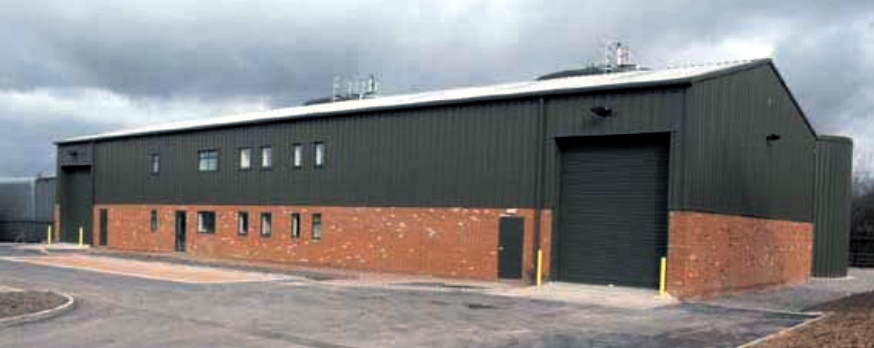
The Ludlow Digester, the first purpose-built dedicated food waste “AD Waste Technologies Demonstrator Plant”, began the history of food waste anaerobic digestion plants in the United Kingdom.
In the United Kingdom, the history of dedicated food waste anaerobic digestion plants began in 2004, with the opening of this innovative government-funded plant. Greenfinch Biogas was chosen to design and install the plant as well as operate it during the trial period.
Nobody in the UK biogas industry was sure at the time that dedicated AD plants accepting only food waste could be made to run reliably for long periods of time. It was common, for the few existing operators running plants at the time, to see their biogas digesters turn sour and require emptying every few years.
Subsequently, groundbreaking basic research conducted at Southampton University has shown that long-term stable biogas plants treating solely food waste are possible. However, some essential trace elements which may not be present in food need to be added by dosing food waste biodigesters with the correct trace elements.
What Needs to be Done to Develop UK Biogas and Anaerobic Digestion?
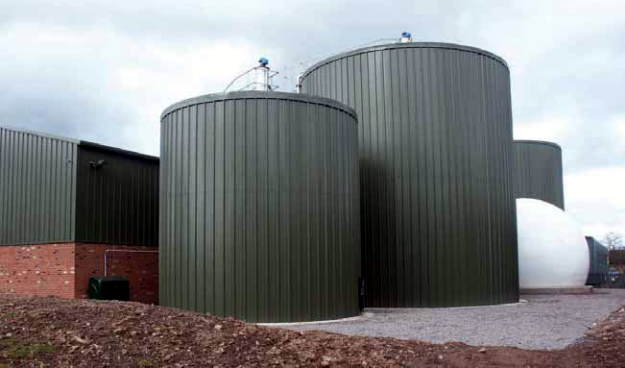
A recent ADBA report identifies key policy asks that will enable flourishing results in order for the industry to reach its full potential. They are as follows:
- Immediate support for biomethane production beyond 2021
- Extending the renewable transportation fuel obligation beyond 2032
- Innovation funding
- formation of resource hierarchies for all organic wastes, with anaerobic digestion as the best recycling technology
- government has an obligation to develop a renewable biofertilizer
- assistance with local circular economy projects centred on food waste recycling via anaerobic digestion into heat and power generation
“Now is the time to ensure policymakers understand the potential for energy from waste technologies to contribute to net-zero and the creation of a more circular economy,”
said Chris Winward, chief commercial offer at Privilege Finance and SNG.
A significant increase in demand for biomethane from the biogas sector, combined with favourable energy and environmental policies, is another driving factor in this market.
The Best Years for Growth in UK Biogas Output
According to a 2017 survey by the Anaerobic Digestion and Bioresources Association (ADBA), UK biogas facilities even at that time produced enough biogas to power over one million homes.
Plant numbers increased about 500% in the five years between 2013 and 2018, indicating that the technology has exploded in popularity across the UK. This increase is partly due to the RHI and FiT schemes implemented by the UK government, which provided agriculture firms with a steady income.
This guaranteed revenue from government support was frequently the final confidence boost for investors, and allowed biogas projects to be funded. In future, confidence in the long term financial viability of AD plants will come from:
- increased efficiency and hence better profitability
- higher prices paid in the sale of biomethane due to supply and demand effects in a market where there will never be enough biomethane to meet the demand.
Investment Outlook for the UK’s Biogas Plants
In the decade up to 2010, renewable energy in the UK would have conjured up images of two things:
- wind turbines and
- solar panels,
since these were the main focus of media attention, government subsidies and investor inflows.
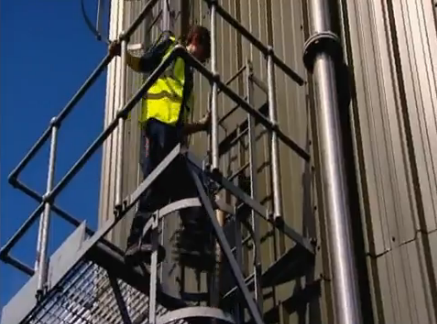 Now in 2021, just over 10 years later anaerobic digestion is no longer a foreign territory to financiers. The investment background for this sector has thankfully come on in leaps and bounds.
Now in 2021, just over 10 years later anaerobic digestion is no longer a foreign territory to financiers. The investment background for this sector has thankfully come on in leaps and bounds.
The UK biogas industry is now providing excellent opportunities for investors to derive a stable income stream from a diversified array of renewable infrastructure assets.
If an investor needs to find out more about a biogas investment. There are highly experienced UK biogas companies that now offer operational and advisory services within the construction, waste, and renewable energy industries.
Malaby Biogas is an example of an organisation with extensive expertise operating UK AD plants. It provides a wide range of services, including financial guidance for AD plant projects. Their business was designed to give comprehensive solutions using anaerobic digestion (AD) technology and is situated in Warminster, Wiltshire.
Malaby Martin Ltd, a sister company to the UK biogas business. It has been a property development company specialising in rural redevelopment for over 12 years. They have a good depth and breadth of technical and practical knowledge as a result of this. They claim to be increasingly providing expert advisory services for renewable energy projects both in the UK and abroad.
Wider Benefits of AD to UK Waste Management
The process of producing biogas is known as anaerobic digestion (AD). Is a renewable energy technology, it is the primary source of biogas and biomethane in the United Kingdom. Landfill biogas is also produced by anaerobic digestion albeit the digester is the landfill itself.
It is the exploitation of accessible biomass (e.g., food wastes, animal slurries, and agricultural feedstocks) to produce renewable gas using natural biological processes. This gas can then be utilised to generate electricity, heat, or be converted into automobile fuel before being injected into the gas system.
The organic feedstocks employed in the AD process in the United Kingdom are versatile and diverse. Farm manure, crops, and agricultural wastes are among the substrates available, as are sewage sludge, catering wastes, and food wastes (including uncooked and cooked food, even including meat products).
Biogas in the UK – A Conclusion
Anaerobic digestion (AD) is a method that has been employed in a variety of countries with great success. Notably in the United Kingdom, the biogas industry has developed over many years and for a variety of reasons.
The number of UK biogas plants (excluding sewage sludge digesters at Wastewater Treatment Facilities) is now approaching 600.
Anaerobic digestion is also a well-established method in the UK for treating food waste and other biowastes
Energy production, nutrient control, waste stabilisation, and pathogen reduction are all benefits of the procedure. It also helps to reduce greenhouse gas emissions in all of these ways, both directly and indirectly.
It's the only technology on the market right now that can produce second-generation biofuels according to European standards.
And yet, in the period 2017 to 2021, the number of plants has grown only slowly and near-stagnation of the industry has occurred.
But that will surely change by 2022 with:
- rising prices for biomethane being paid for use as a fuel for heavy goods transport
- renewed UK government support through long term renewals of the RHI and Green Gas Support Scheme
- better information (hopefully) provided by the government to the agricultural sector on future support for farming
- innovations in AD plant design leading to increased profitability and reduced payback periods for new AD plant, and
2021 will see a new trend in rising AD plant completions.
Over the last ten years, the sector has evolved to the point where it can process millions of tonnes of individually collected food waste from our homes, workplaces, and enterprises. Combined UK biogas output is already equivalent to the output of one of the old coal-fired power stations of the past.
The technology provides us with both renewable electricity and renewable natural gas, both of which are critical components of the UK's shift to lower-carbon energy sources.
UK biogas can make a real difference in the fight against run-away global warming.
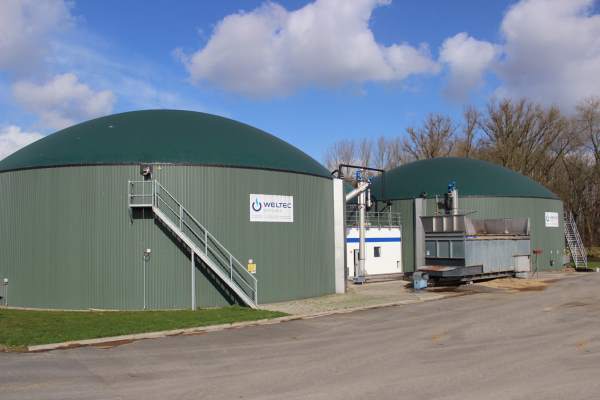
[This page was originally published in 2015, and completely updated in August 2021.]


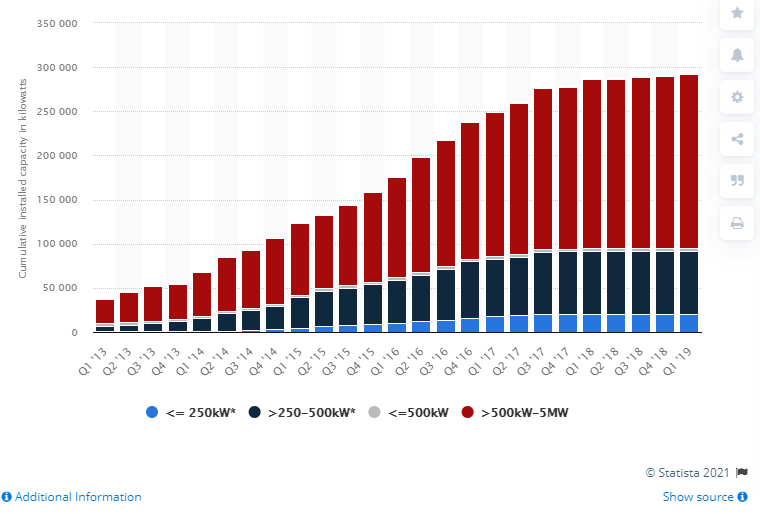





I have checked your site, which I like in general. But, i read this article which says that the UK government has set-up subsidies to encourage the bio-energy industry sector.
How true is that now?
We have seen our incentive revenue reduced, by the government since the date given for this article.
Where are these incentives now in 2018?
I discovered podcasting recently, and you should try it. Make biogas podcasts of articles like this. Podcast production doesn’t have to be anything puzzling.
I was hoping to read about actual biogas energy targets after reading other pages on this website. This page seems to have a 2015 date. I would like to know what targets exist for 2019?